Would you like to live in nature in a Tiny House? Then Testlab New Nature and Small Living is a very interesting initiative for you.
Guido Enthoven (Institute for Social Innovation) and Daan Groot (The nature doublers) started Testlab 4 years ago. The green pioneers are investigating the possibilities for combining small-scale living with the creation of new nature. At the same time, they want to contribute to improving nature, the climate and living. Testlab works together with the Ministry of the Internal Affairs, the Ministry of Agriculture, Nature & Food Quality and various municipalities and provinces.
Testlab is one of the nice results of the Bos en Hout action plan, which was signed on October 26, 2016 at the National Climate Summit. Guido says: “The plan received a lot of media attention. In particular, the idea of creating a serious amount of new forest in the Netherlands attracted a lot of interest. I mainly focused on the creation of new forest in combination with other functions, such as small living. This combination can contribute to solving a number of major problems that the Netherlands faces, such as a shortage of housing, loss of biodiversity, and the nitrogen crisis.’
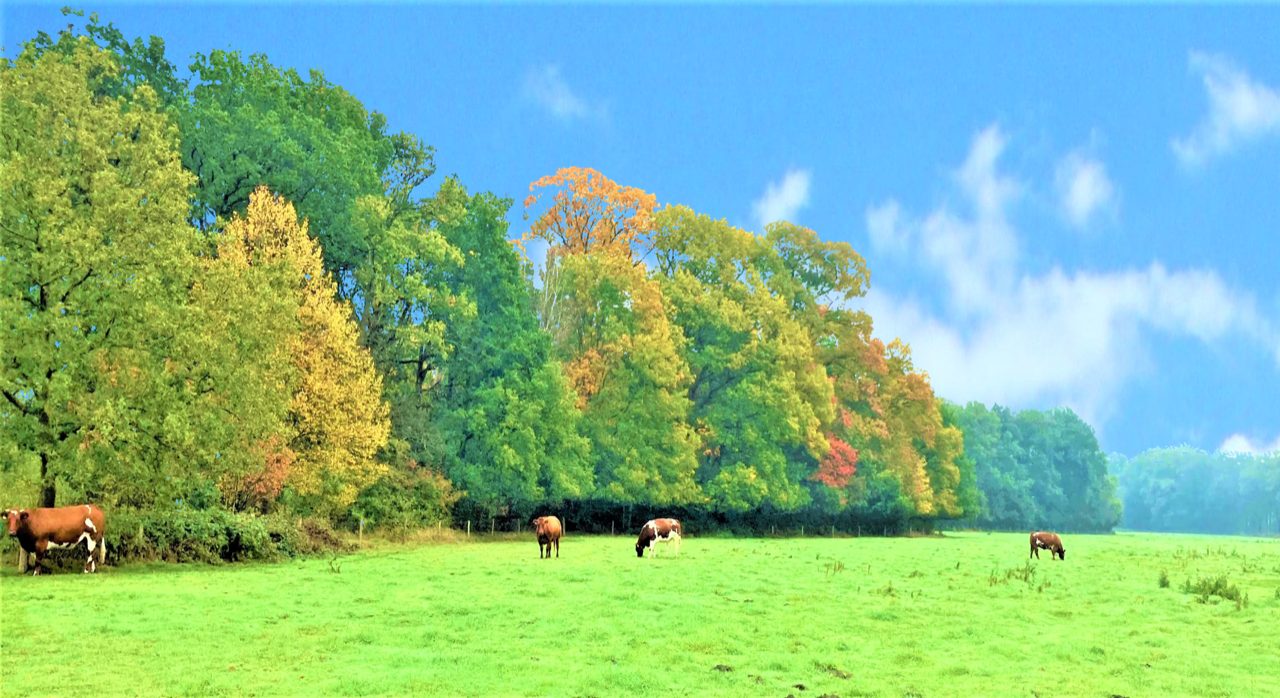
‘Getting started with small-scale living in nature’ is the lab’s latest informative pamphlet. There are two versions, one for initiators (future residents) and one for municipalities. In the resident version, the Testlab shares the findings and insights of the past 4 years and presents advice and useful tips for initiators of new greenery in combination with Tiny Houses.
Guido outlines the future of farmland: ‘A quarter of current farmers want to stop within 10 years, often without a successor to the farm. Small-scale living in nature can offer a solution for a sustainable future for the farmland.’
Guido sees plenty of opportunities: ‘In the Netherlands we have agreed that we want to realize 80,000 hectares of extra nature before 2027. But because we are only a small country and most of the land has already been used, developing new nature is not so easy.
A possible solution to this challenge is the development of new nature on agricultural land. This transition does result in a loss of value, a hectare of agricultural land has an average value of € 70,000, while a hectare of natural land has an average value of € 15,000. To close this gap, other revenue models for these farmers must be looked at, for example by combining functions. What if one or more Tiny Houses per hectare can be realized, which can be sold or rented out?’
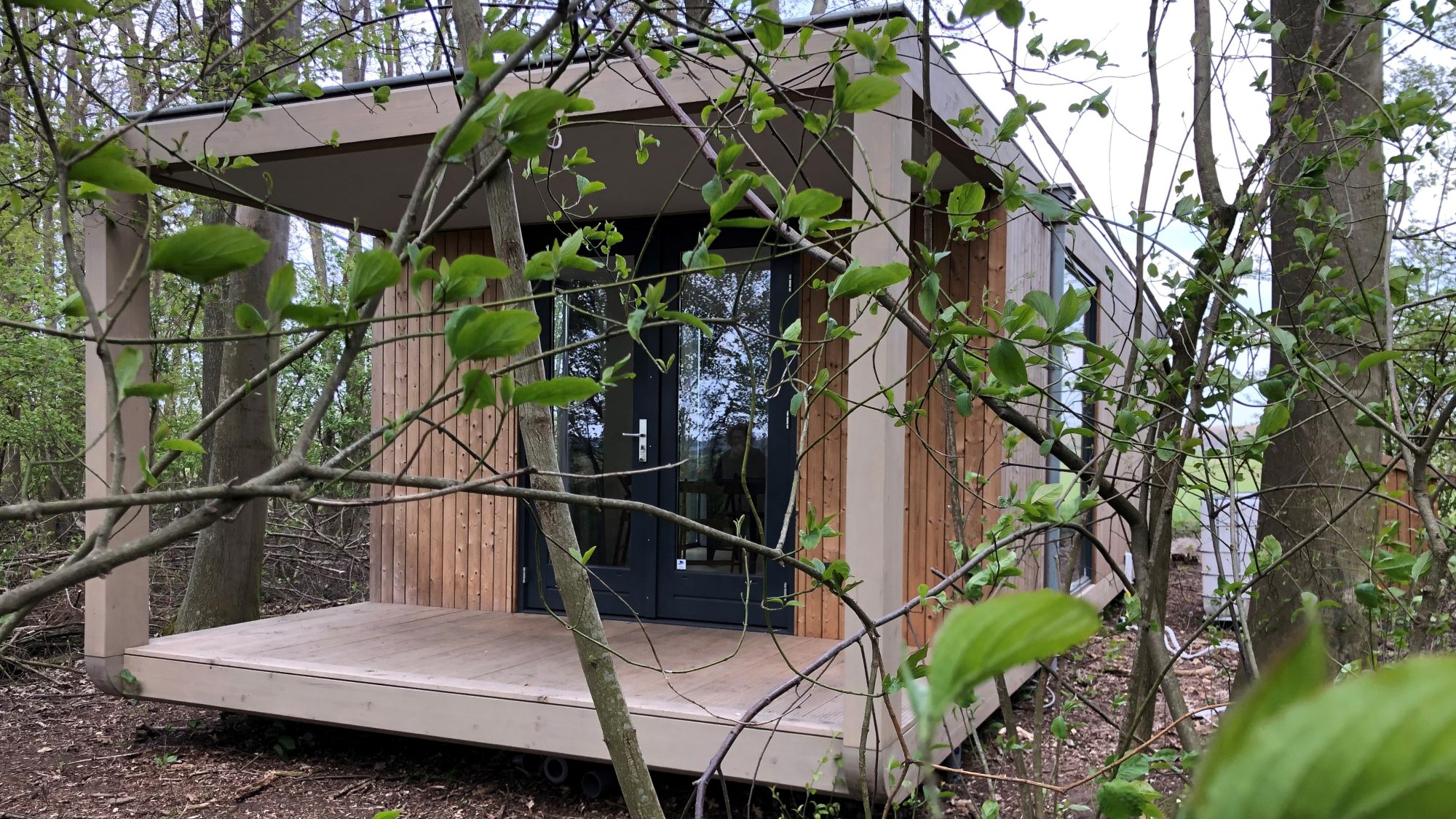
Tiny Houses are well suited to a green environment and this also creates a revenue model for realizing the surrounding nature. Guido: ‘Combining small-scale habitation with the creation of new nature areas results in a more robust landscape with more space for nature-inclusive agriculture. Because this combination offers an alternative income, the intensity of livestock farming and arable farming can be reduced. This also reduces nitrogen emissions. It is not without reason that many people are interested in such a combination of living and nature. The Testlab wants to speed up the process by bringing parties together and disseminating knowledge about the possibilities and the challenges.’
If you want to get started with New Nature and Tiny Houses yourself, you will find useful information and valuable tips in the Pamphlet. ‘For example, we explain which choices and questions you encounter when finding the right plot of land: How is the land situated in relation to existing green areas? Do you want to lease or buy the land, possibly together with others? Are you looking for a temporary place or do you want to grow old on your farmland?’
The pamphlet also contains useful advice for building relationships with the municipality: ‘Find the right civil servant who is open to innovative parcelling. Make sure you have a detailed plan in which the municipality can recognize social and planning benefits. Think in scenarios and alternative plans, so that you can accommodate the municipality during the development process. And, last but not least: State clearly what your added value is for the municipality, such as education, information provision and the creation of new forest, agroforest and biodiversity!’
The pamphlet for residents is super educational and interesting. You can easily download it here (in Dutch only):
Insights from the New Nature & Small Living Test Lab for future residents
The Testlab is now mainly looking for farmers and landowners who are interested in this transition. Municipalities that find this an interesting picture of the future are also invited to contact Guido Enthoven, g.enthoven@imi.nu.
The Peel Nature Villages Foundation is already working on New Nature and Small Living. She has big plans for the future of the entire area and wants to redesign the pasture in combination with Tiny Houses and new nature. The foundation focuses on residents of De Peel and encourages farmers to realize a profitable landscape, landscape agriculture:
‘This is the development of landscape on agricultural land. Our ideal is a bocage landscape, an alternation of forests, herb-rich grassland, hedgerows, hedges and water features. With cows that fulfill an important role as upholsterers. This landscape offers space for living in Tiny Houses in wooded areas and in the yard of the farm. A smart combination of nature, agriculture and living. Tiny Houses are a powerful revenue model.
This way we can sustainably maintain farms and the landscape in complete harmony with nature. A beautiful bocage landscape from-for-by-and-with farmers that playfully as a more than 100 km long belt of natural pearls meanders from north to south throughout the Peel.”
A detailed description of the plans can be found here:

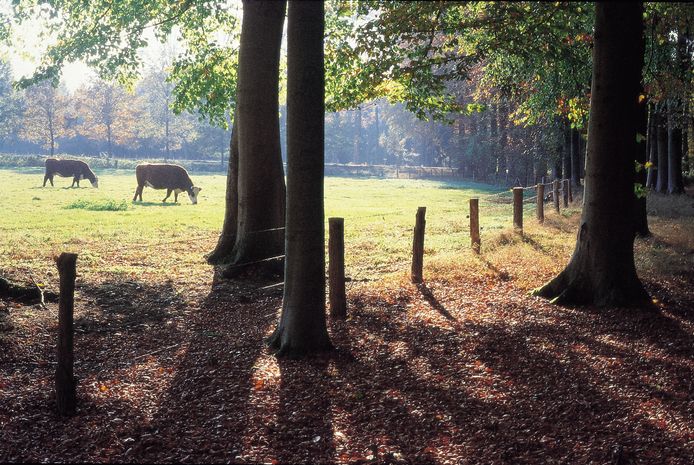
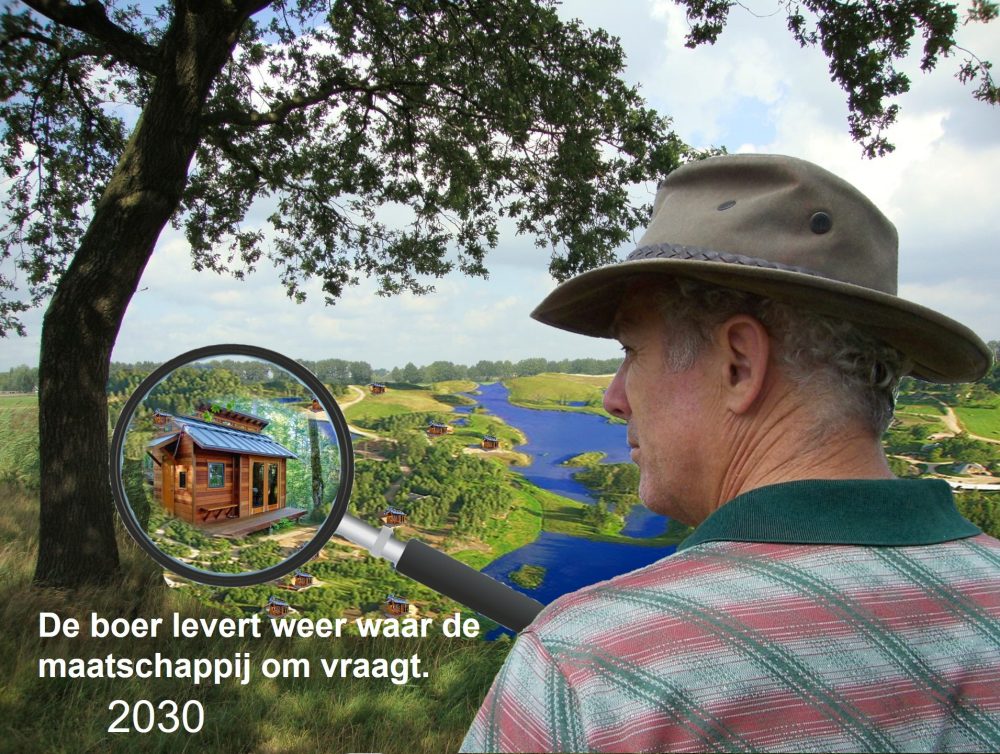
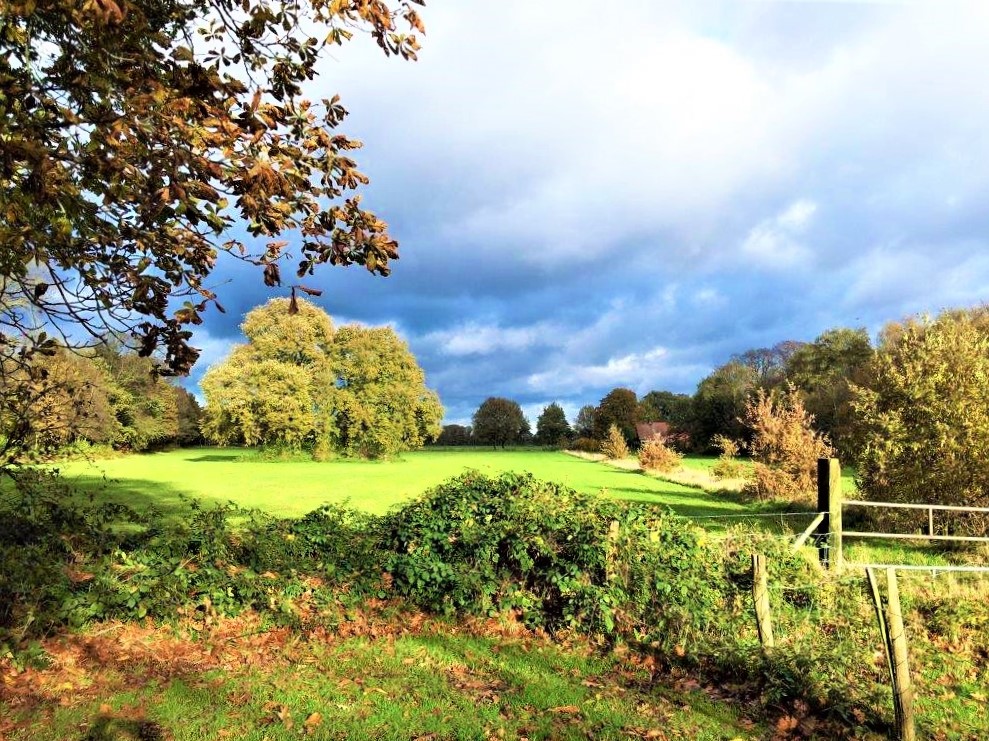
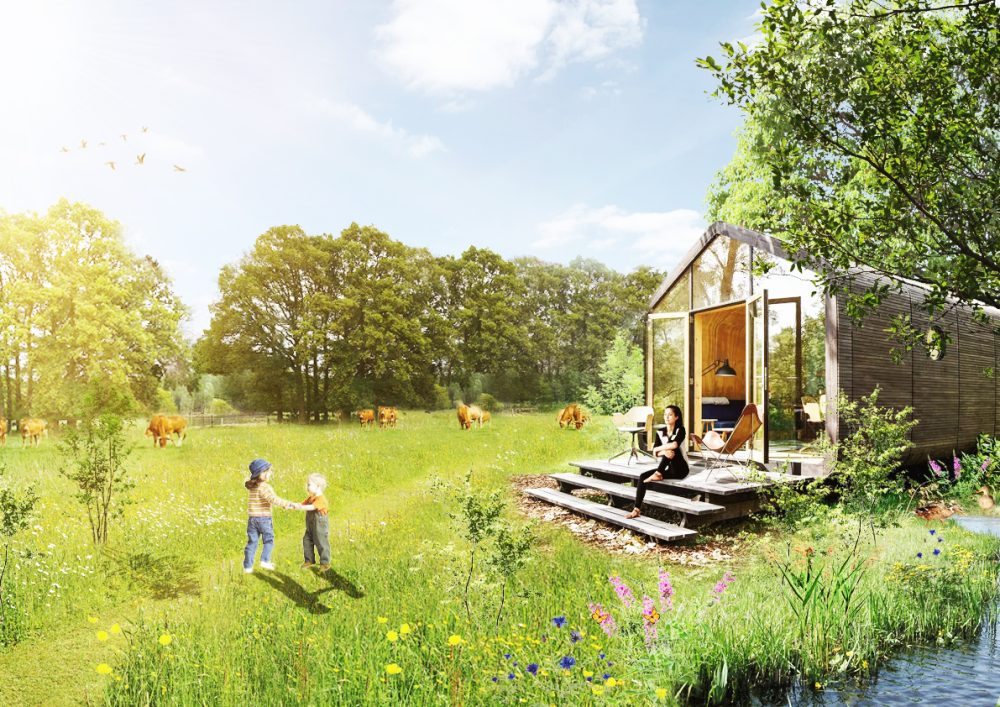

Leave a Reply